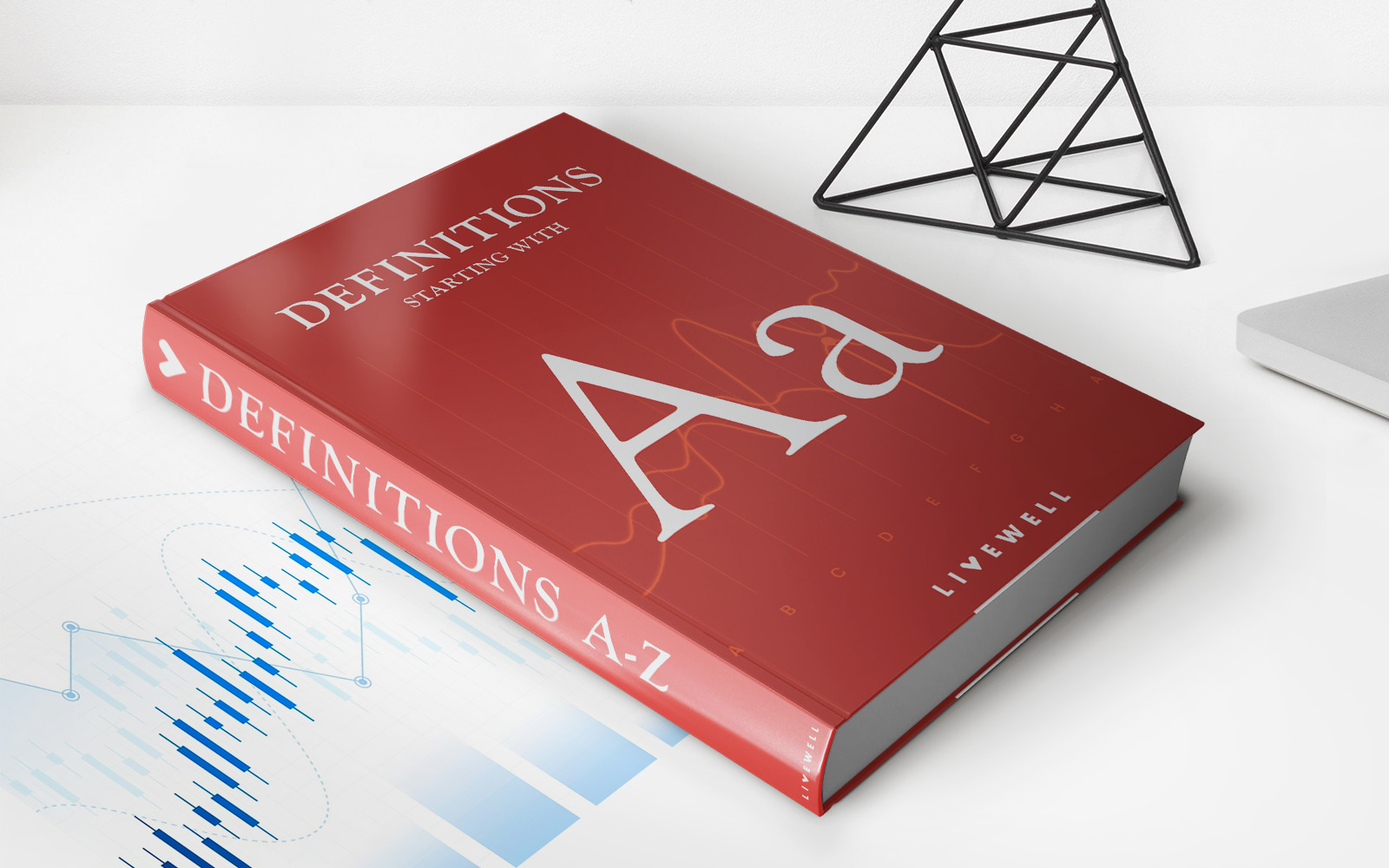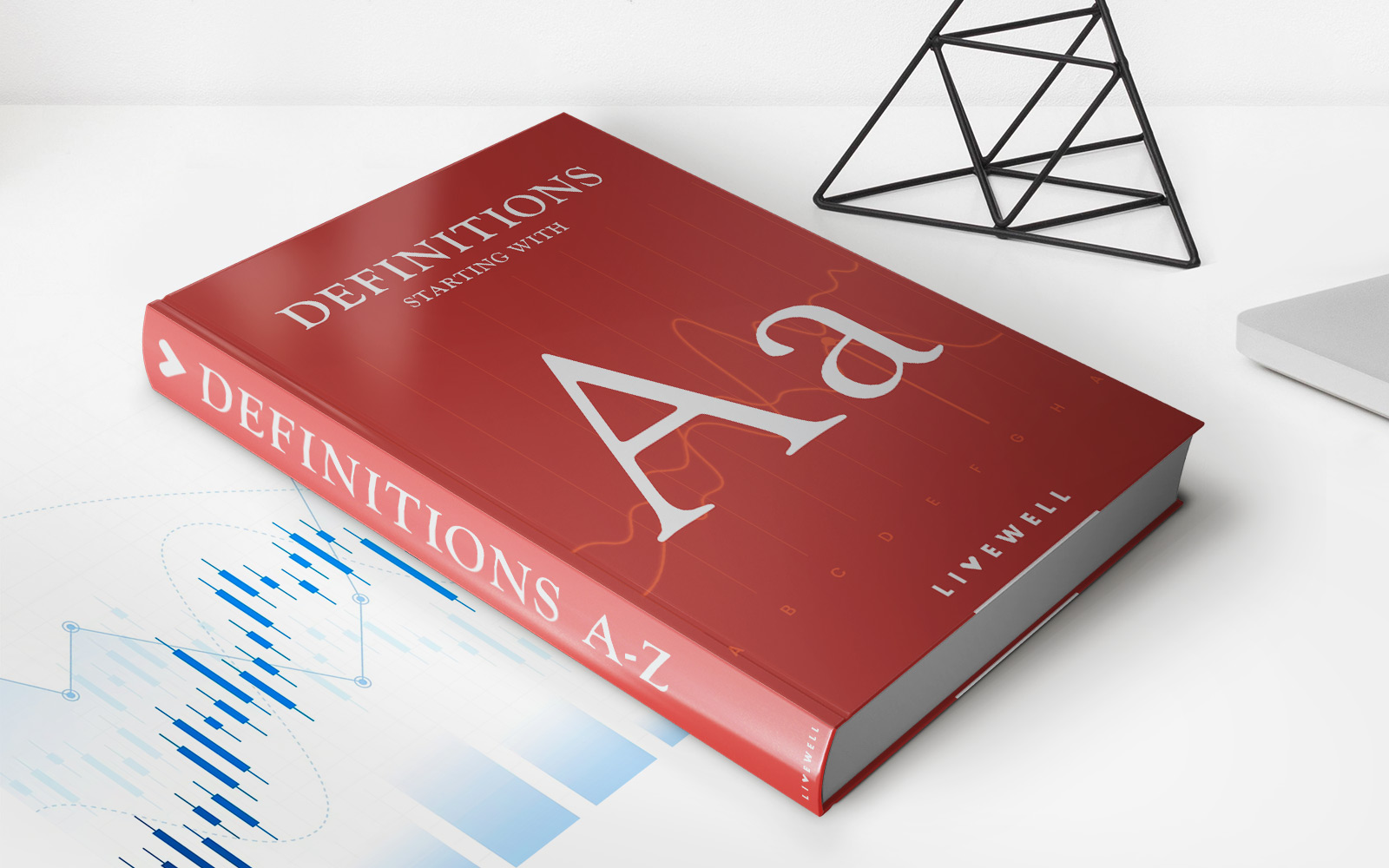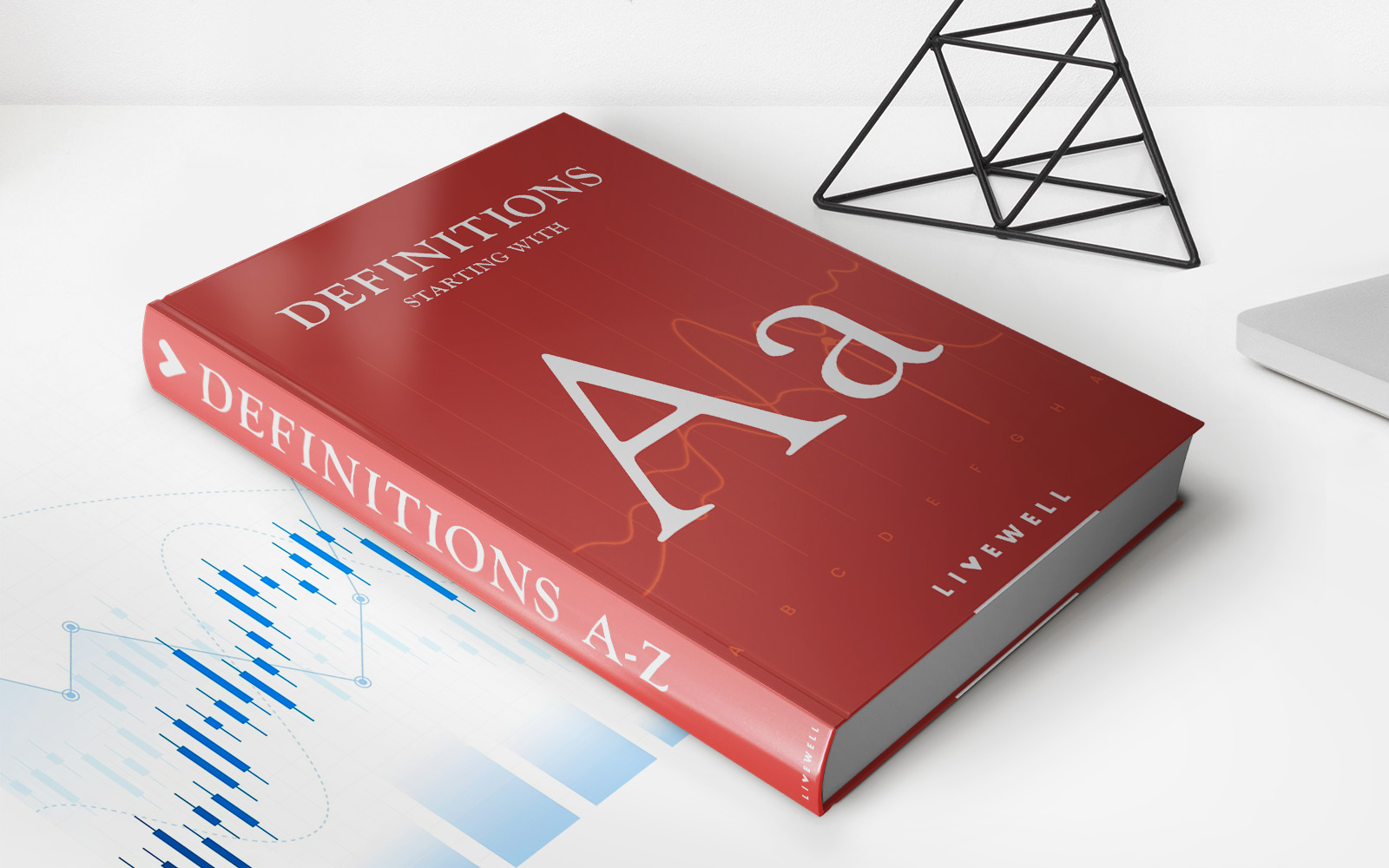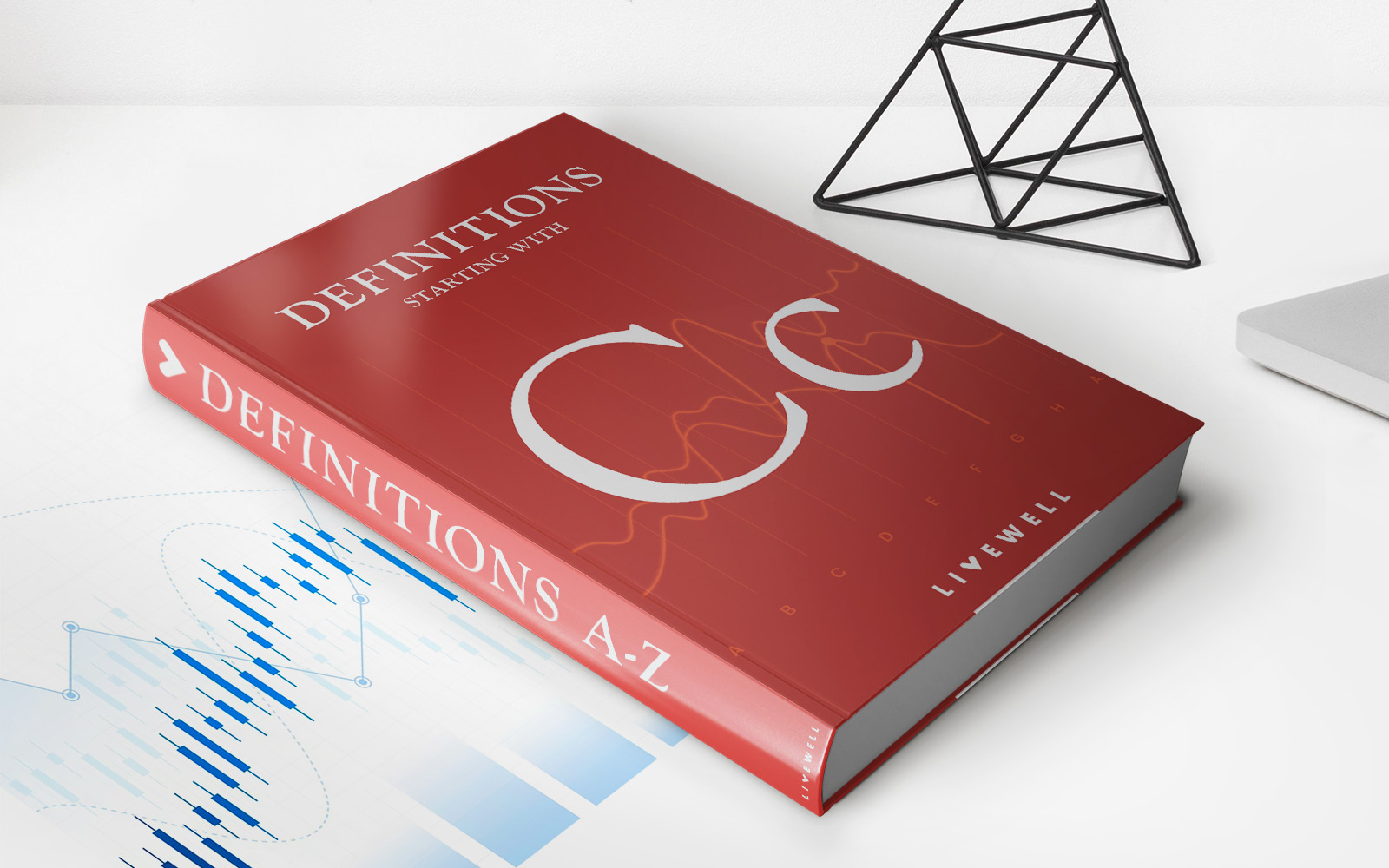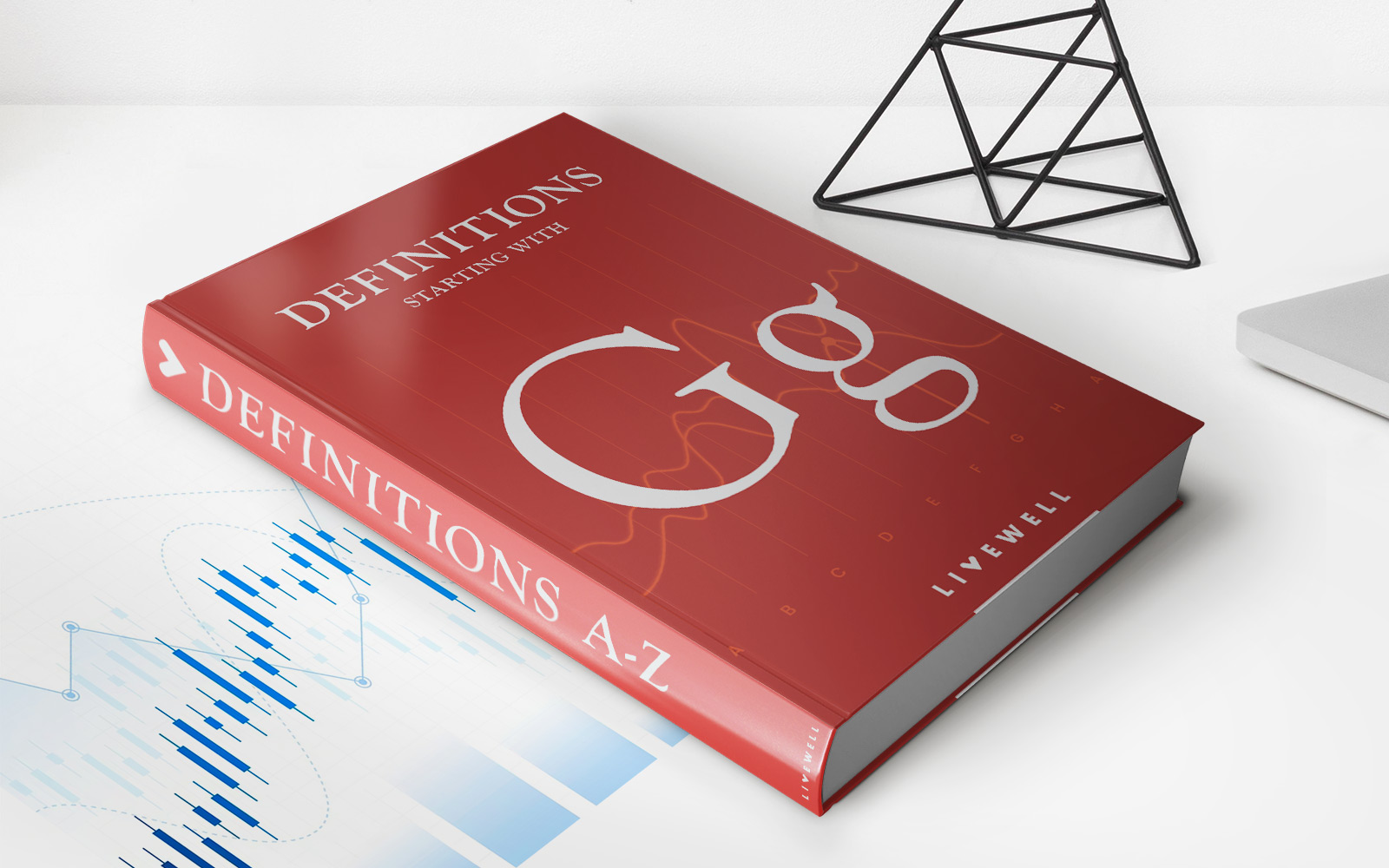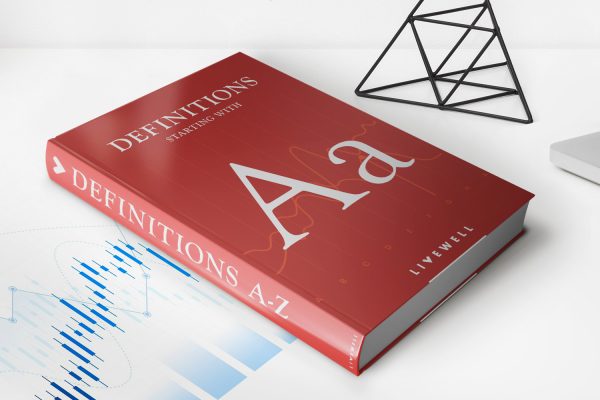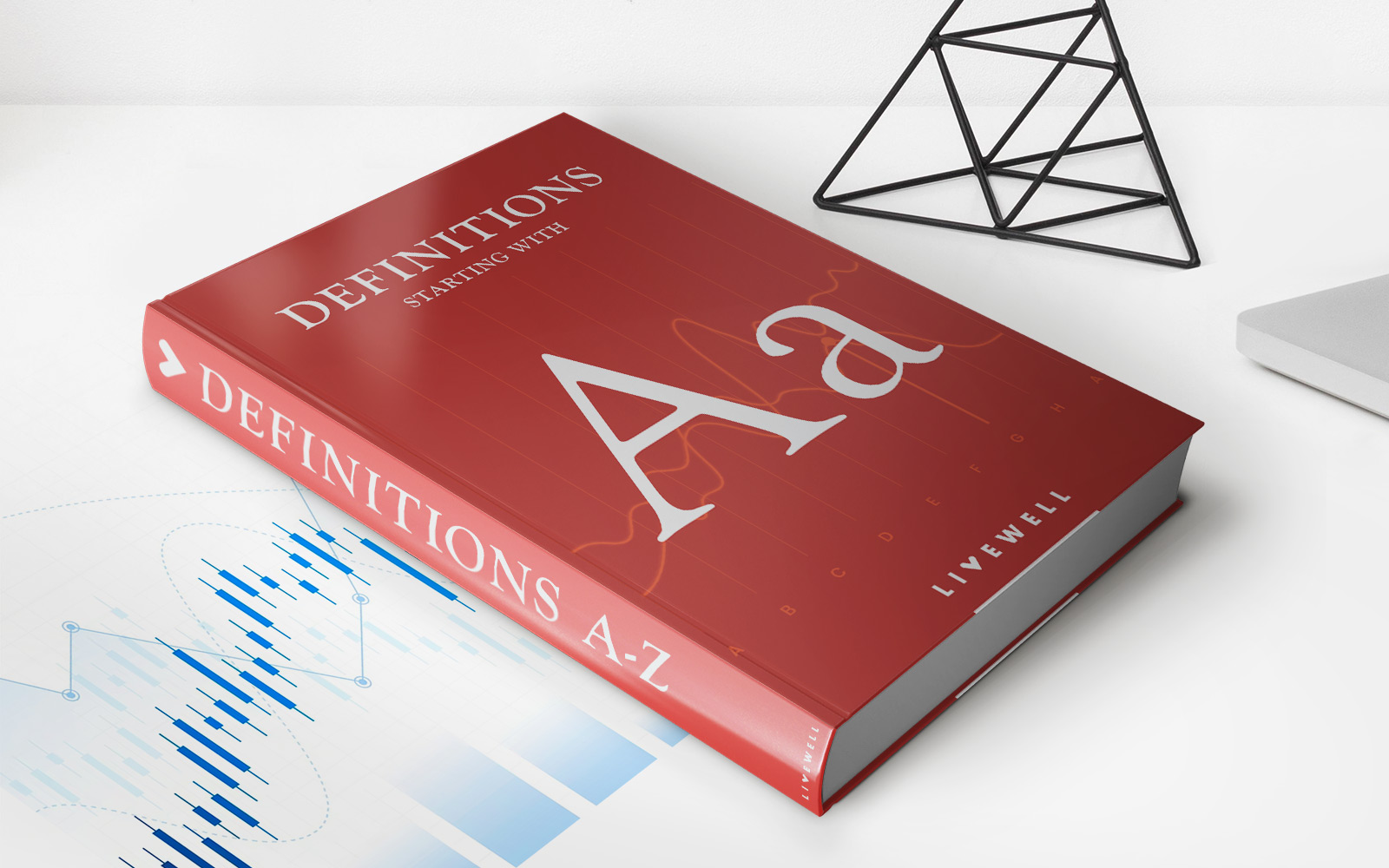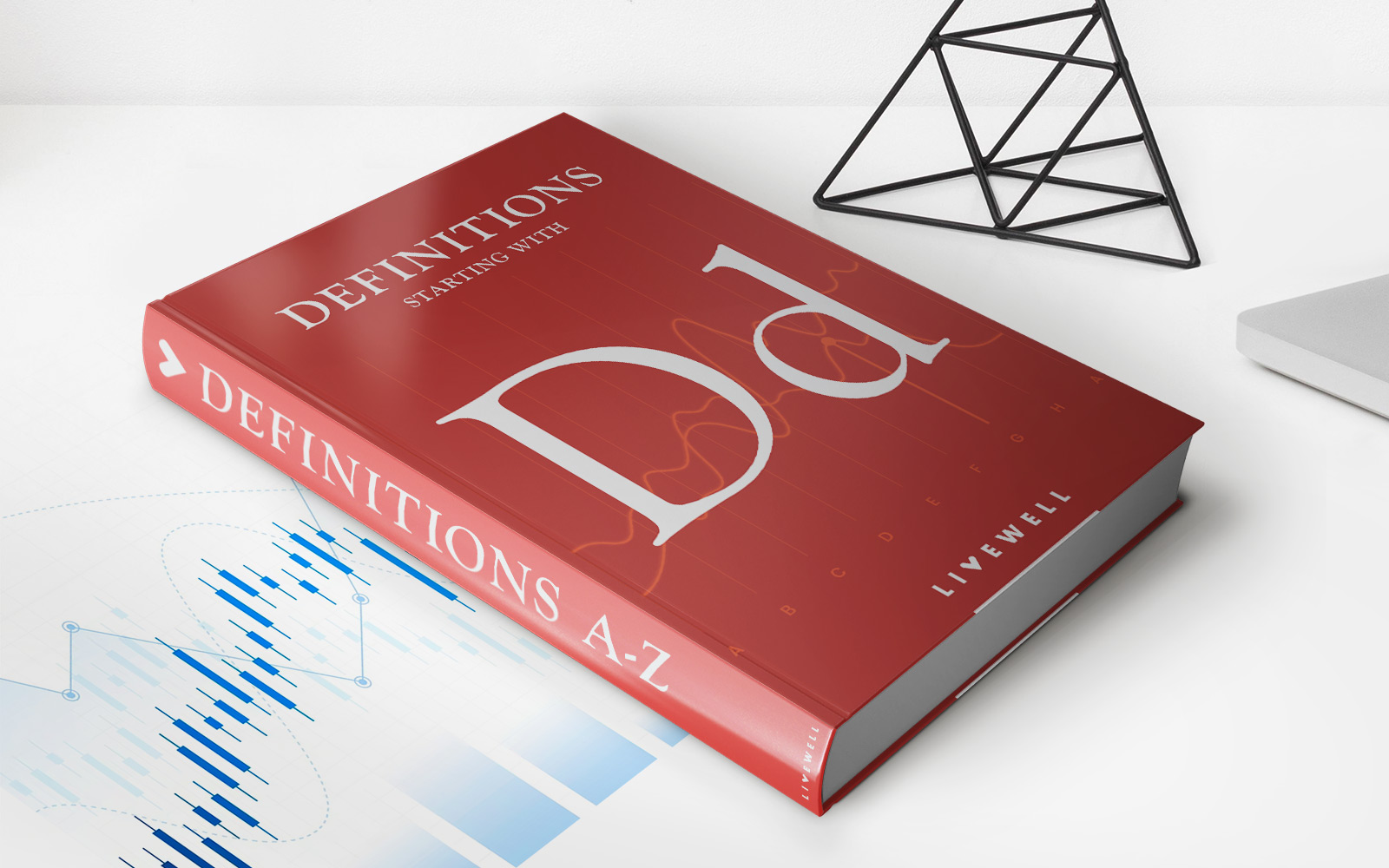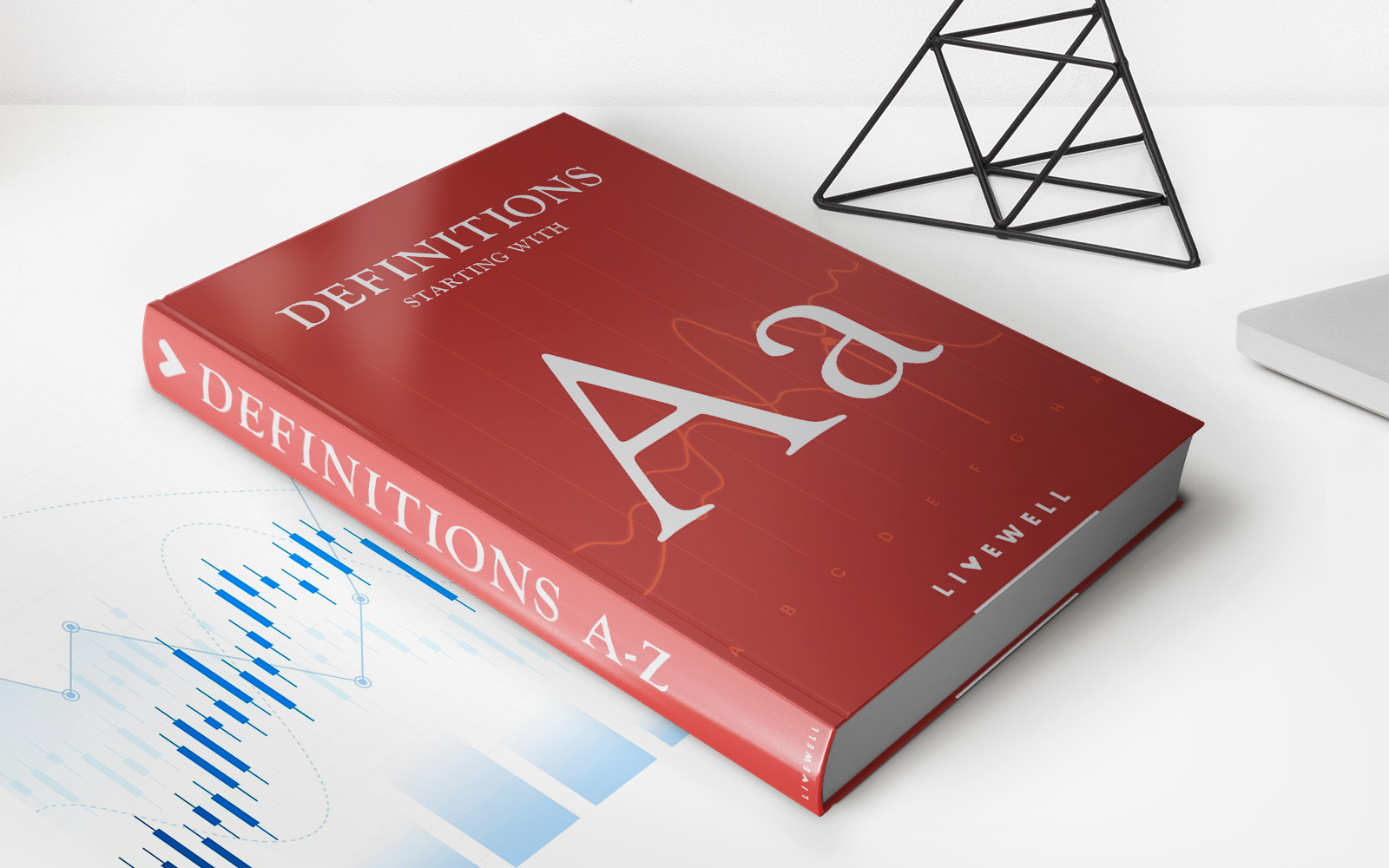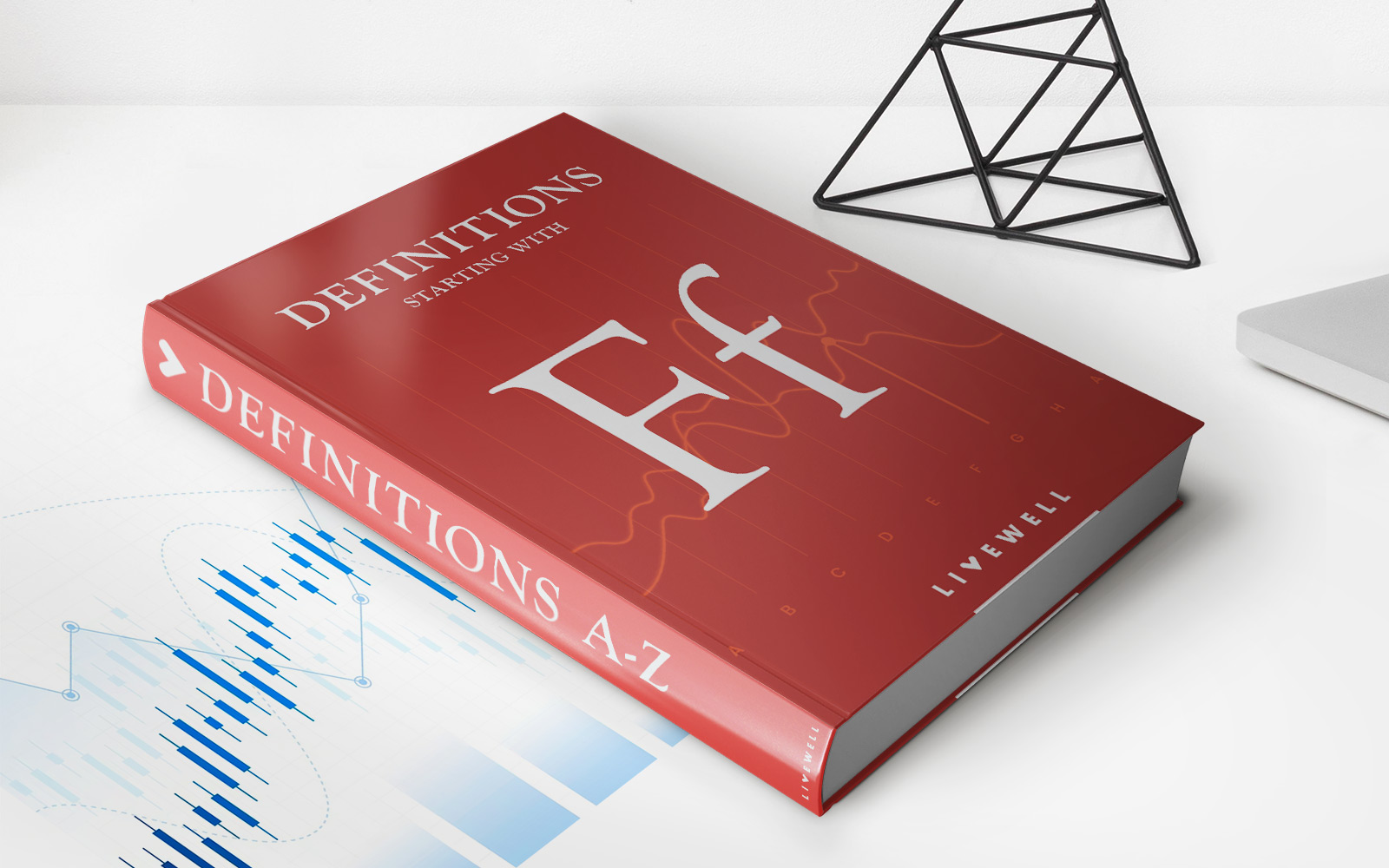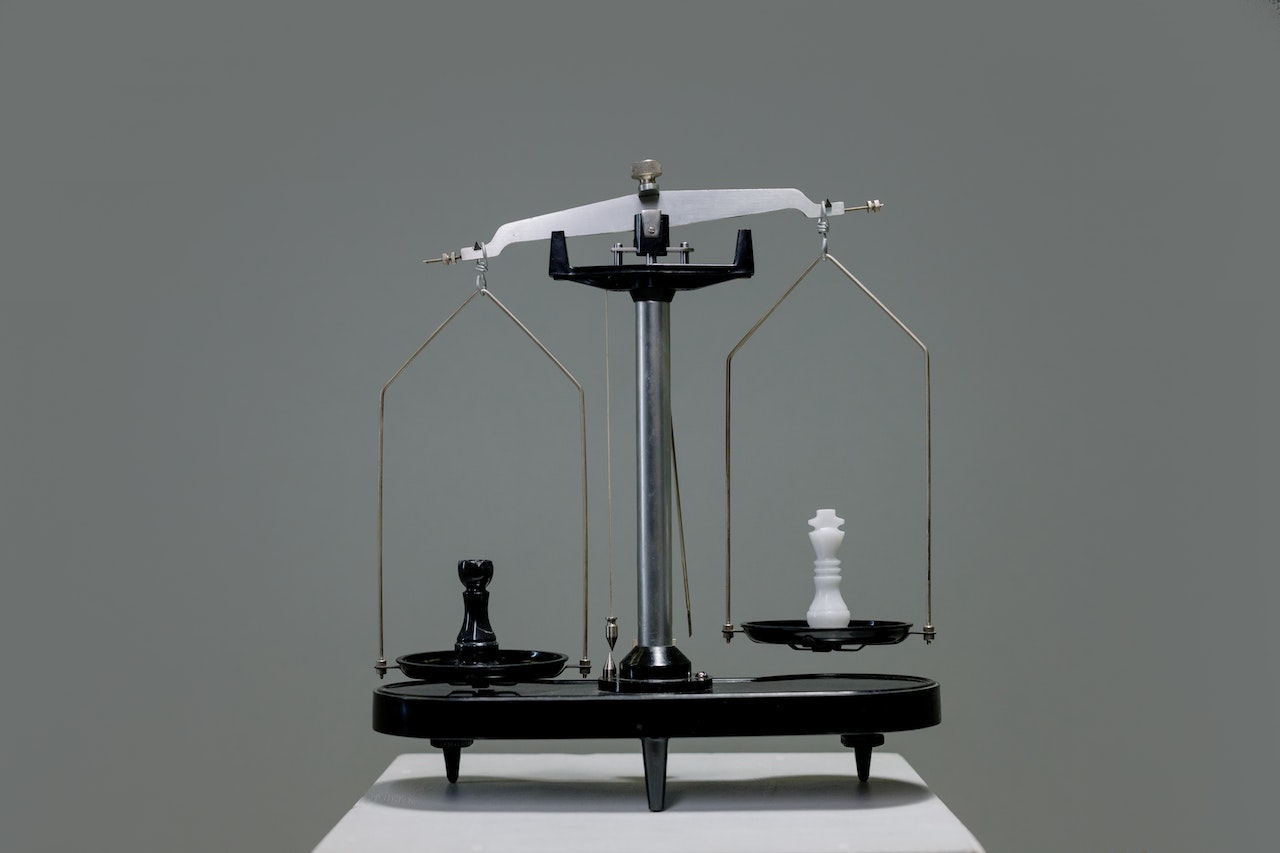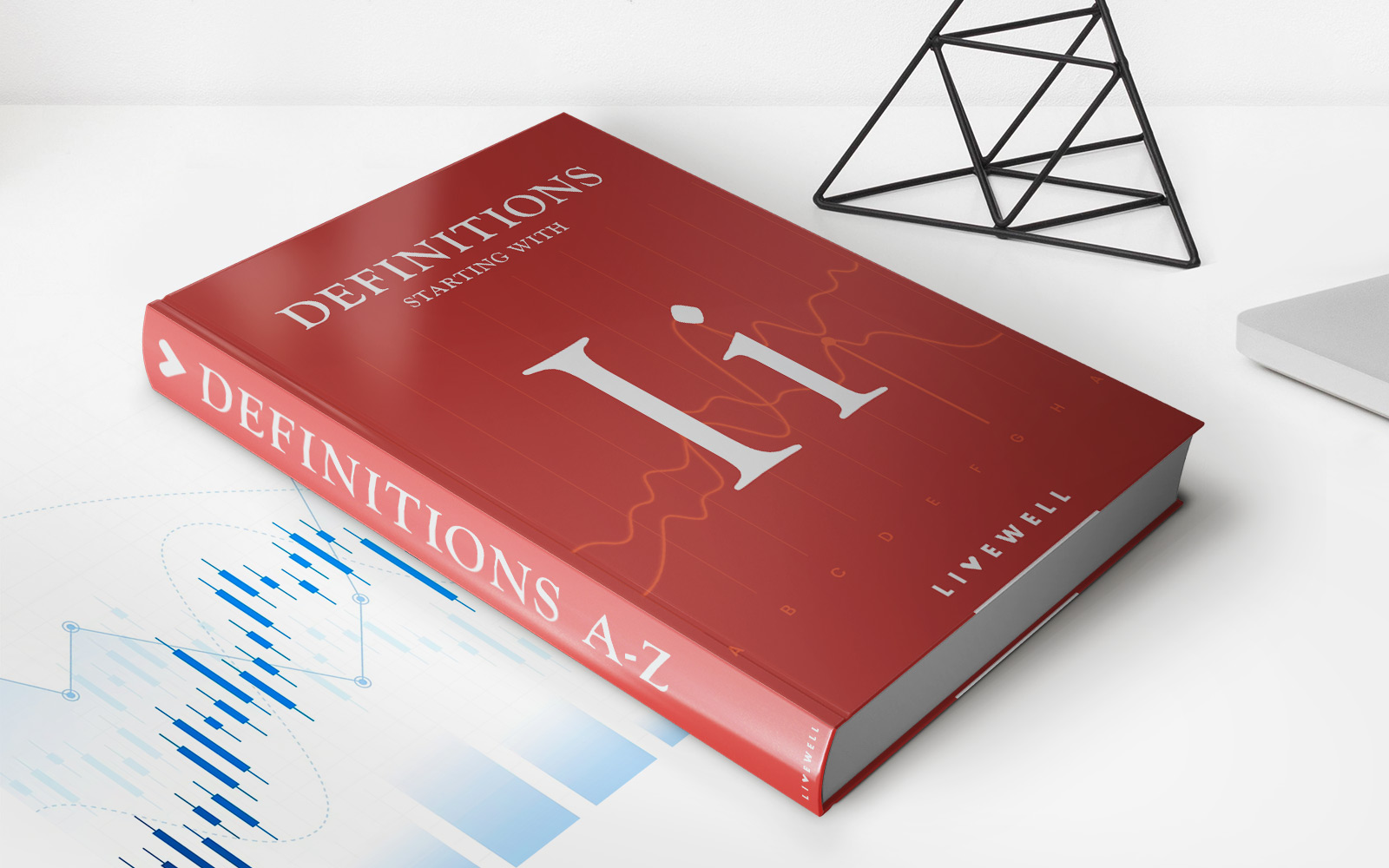

Finance
Irish Pound (IEP) Definition
Published: December 13, 2023
Learn about the Irish Pound (IEP) in finance. Understand its definition, history, and significance to the financial industry.
(Many of the links in this article redirect to a specific reviewed product. Your purchase of these products through affiliate links helps to generate commission for LiveWell, at no extra cost. Learn more)
The Irish Pound (IEP) Definition: Understanding the History and Impact
As a finance enthusiast, it is important to have knowledge about different currencies and their significance in various economies. In this blog post, we will dive into the world of the Irish Pound (IEP) and explore its definition, history, and impact on the Irish economy.
Key Takeaways:
- The Irish Pound (IEP) was the official currency of Ireland from 1928 to 2002.
- The introduction of the Euro in 2002 led to the replacement of the Irish Pound as the national currency.
The Irish Pound, also known as the Punt in Irish, had a rich history that spanned over seven decades. Introduced in 1928 as a decimal currency, it served as the official currency of Ireland until the country adopted the Euro in 2002.
During its existence, the Irish Pound played a vital role in the Irish economy. It was a symbol of Ireland’s sovereignty and economic independence. The central bank of Ireland, known as the Central Bank and Financial Services Authority of Ireland, was responsible for maintaining the stability of the currency by managing interest rates and controlling inflation.
With the introduction of the Euro, the Irish Pound was phased out, and all transactions within the country were conducted in Euros. This transition brought several benefits, such as easier cross-border trading within the Eurozone, increased price transparency, and improved the ease of travel and tourism for Irish citizens.
However, the Irish Pound still holds nostalgic value for many Irish citizens who grew up using it as their national currency. The existence of physical Irish Pound notes and coins has become a collectible for some, showcasing the country’s heritage and history.
In conclusion, the Irish Pound (IEP) served as Ireland’s national currency for over seven decades, contributing to the country’s economic growth and independence. Although it has been replaced by the Euro, its legacy lives on in the memories of Irish citizens and remains a representation of Ireland’s economic progress.
